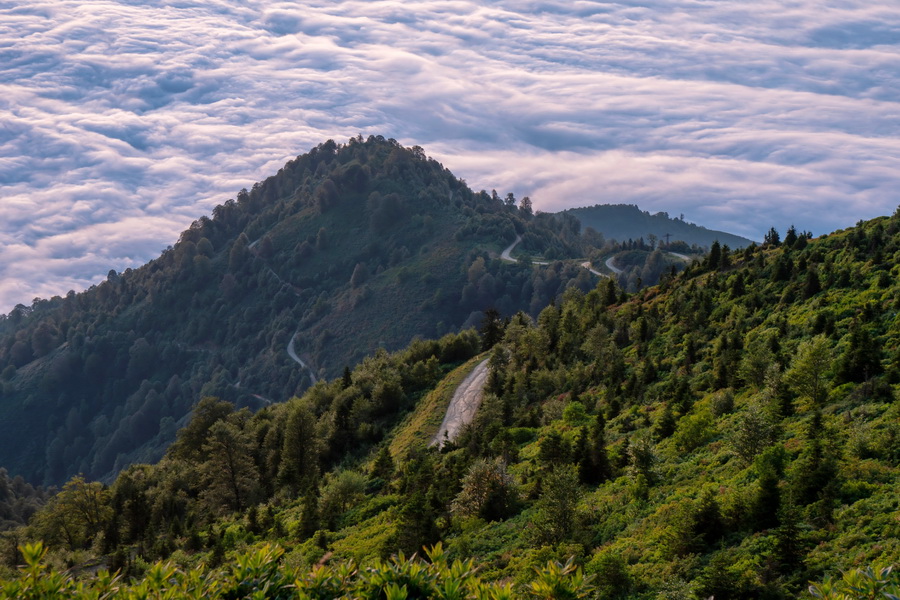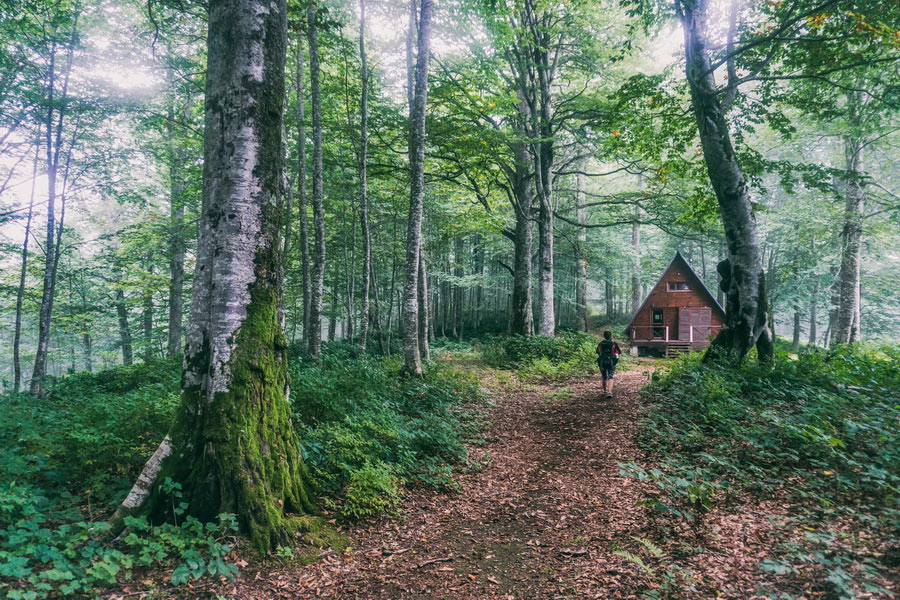Nature of Adjara

Adjara is divided into mountainous and maritime, that is why its relief is very diverse. The mountainous part is dominated by the Minor Caucasus ridges with average heights of 2,000-2,500 m. The maritime one is occupied by lowlands – Kobuletian, Kakhaberian and Goniya; hills, ridges (Shuakhevsky, Arsian, Adjara - Imeretin). The highest is the Mount Kann (3,007 m above the sea level). The most significant Adzharian rivers (which belong to the Black Sea basin) are the Adjaristsqali, the Kintrishi, the Chorokh, and the Kvabliani. The climate is humid subtropical. The average winter temperature is +7.1 С , the average summer temperature is + 24 С. The mountainous area is much colder.
The fauna and flora of Adjara is very rich and various. The peculiarities of local flora is due to the fact that during the glacial age Colchis became a haven for the most ancient relict plants. The flora of Adjara can boast with around 1,700 species of plants. 41 of them are entered in the Red book of Georgia. The woods occupy 186, 965 hectares. More than 60 % of the woods are located at 1,000 m above the sea level. The most woods are deciduous (beeches, oaks), as well as coniferous (spruces, abies, pines).
The fauna of Adjara is rich too. There you can meet animals and birds characteristic for plains, as well as middle and high-mountainous areas. In order to protect valuable fauna the Kintrish Nature Reserve was created. Nature of Adjara is preserved with care in natural reservations and protected areas. Mtirala National Park in the western part of Meskheti Range covers 15 806 hectares; Kintrish State Reserve, where you can see relic buxus colchica included in the Red Book of Georgia, Machakhela National Park, peat bogs of Ispani, protected territory that comprises of Kobuleti State Reserve and Kobuleti wildlife sanctuary. National parks and reserves of Adjara have become attractive for eco tourists.


